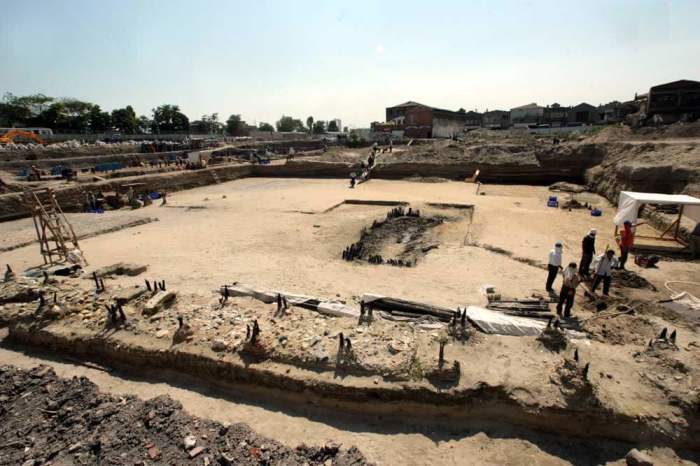Archaeologists Rejoice as Ancient Temple Receives Protection From Turkey

Archaeologists and environmental protection groups are rejoicing after an ancient temple located on Mount Latmos in Turkey received official protection from city officials.
As the Hurriyet Daily News reports, the the city of Aydın's Cultural and Natural Heritage Preservation Board, along with its archaeology museum, have agreed to officially list the holy temple of Dikilitaş, located on Mount Latmos, as a locally protected site.
Bahattin Sürücü, head of the Association of Nature Lovers and the Protection of Ecosystems, told Hurriyet Daily News that the protection designation is important, especially after the temple was vandalized in recent weeks by a fire.
"One of the most impressive places in Latmos is the field of the holy temple of Dikilitaş. It is in a place in which life continued until 6,000 B.C. It is a field in which one can travel through history among historical artifacts. Recently, the field of Dikilitaş was set alight by people who have not been captured. As a result of the works carried out by the officials of the Aydın Archaeology Museum and the Aydın Cultural and Natural Heritage Preservation Board, the holy temple, dedicated to Zeus Akroios, was registered," Sürücü told the media outlet in a statement.
"The board also filed a suit against those who set the fire. It was reported that the color changes in the temple after the fire would be examined by stone experts of the Culture and Tourism Ministry Restoration and Conservation Directorate and that the necessary works would be done," Sürücü added.
Other groups have also sought to protect the area of Mount Latmos, which, along with the holy temple, contains ancient rock paintings depicting hunters, weddings and feasts.
As Hurriyet Daily News reported in a separate article, archaeologist Havva İşkan Işık recently called for more protection of the temple while speaking at a conference for local businesses.
Işık told members of the conference earlier this month that the government's recent approval to mine for stone at Mount Latmos endangers the ancient rock paintings in the area.
"We are losing this unique heritage because large stone quarries have been given permission to mine on Mount Latmos. Those who are working in these quarries are destroying these paintings with soap, sponge and emery in order to remove the restrictions brought about by the 'archaeological site' label," Işık said at the conference.
Facebook pages and petitions have also been set up to call for the protection of Mount Latmos.
The "Save the Sacred Lands of Turkey's Mount Latmos" Facebook page asks for international support to protect the area from "irreversible mining degradation."
A related petition entitled "Save Mount Latmos" describes the site as "one of the most fascinating and archaeologically richest regions in western Turkey."
"As early as prehistoric times the Latmos was already revered as a sacred mountain in Anatolia," the description says, adding that "despite socio-cultural changes that transformed religious concepts, the cultic tradition there continued into Ottoman times."
"The beauty of the rock landscape and the cultural monuments that it inspired are now greatly endangered by increased stone quarrying in the area," the petition says, calling on supporters to pressure the Turkish government to name Mount Latmos as an officially-recognized National Park.




























